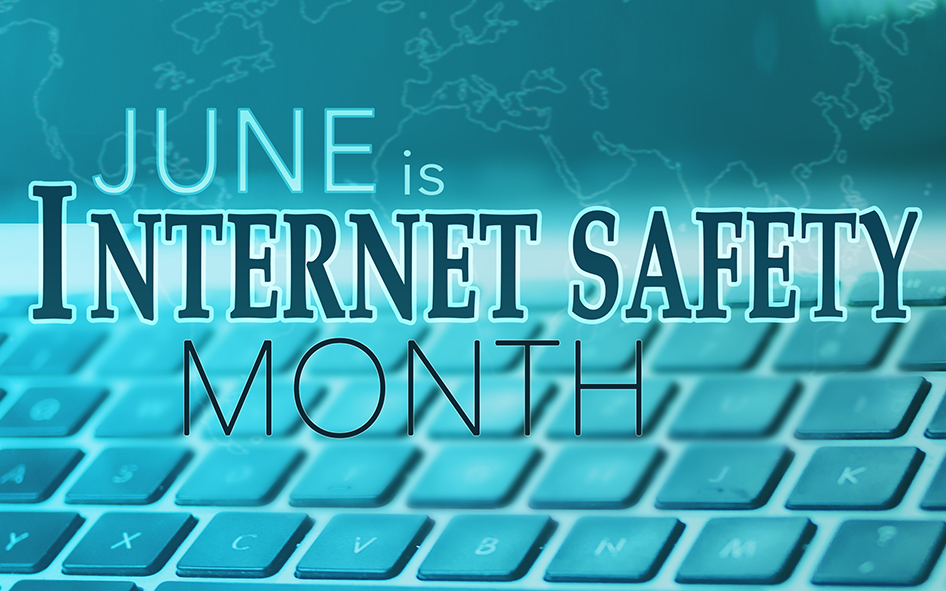Daily life looks different for parents and children in the pandemic world. The majority of our time has shifted to online: working from home, attending school virtually, interacting with friends, attending online summer camps and using telemedicine are just some of the ways we have increased our internet usage.
With so many aspects of our lives going digital, data shows us that it’s more important than ever to stay safe in our digital lives.
In fact 66 percent of parents in the United States, including those who have at least one child under the age of 18, but who may also have adult children say that parenting is harder today than it was 20 years ago with many in this group citing technology as a reason why. In addition, a recent survey by UScellular shows that 93 percent of parents in 2020 monitored their child’s cellphone usage, up from 81 percent in 2019.
“June is Internet Safety Month, so it’s a great time to have conversations with our children about digital literacy, safety and responsibility,” said Tabatha McKay, area vice president/general manager for UScellular in New England. “More families rely on technology to keep their children learning, entertained and connected to friends. It’s important that children and parents have the necessary skills and resources to stay safe online.”
Here are several resources compiled from UScellular to help parents educate children about safe technology use.
Knowledge is power. The more you know, the more you can play an active role in keeping your children safe online. A good place to start is talking with your child about online safety, agreeing to boundaries, and helping them select age-appropriate websites and apps. UScellular’s Digital Family Matters website is a great resource for parents and children and also provides a Parent-Child Agreement to help facilitate the discussion with children around cellphone use.
Keeping children safe online. Using resources available in Google’s Digital Wellbeing Family Guide, parents can decide with their children when the appropriate time is to hand them a device of their own. By providing tools and resources for discussions about healthy digital habits and internet safety, both parents and children can gain confidence with the new device added to their family.
Add a router accessory. There are many devices that you can add to your home router, like Disney’s Circle Plus and accompanying app, that allows you to monitor multiple connected devices, internet usage, restrict specific websites and apps, as well as pause access to the internet with just a touch of a button.
Get advice from the experts. There are numerous sources for parents to select age-appropriate online content for children. One of these is Common Sense Media, a website that reviews apps, video games, TV/movies and books, and tells parents exactly what they need to know about each. PluggedIn is another great site that offers reviews, including YouTube Channels.








